
The physical environment influences human activities and hence development of people and their places of abode. Different types of physical features come with different resources which must be harnessed, and challenges which must be confronted to ensure safe and good quality of life for all people. Thus, a brief description of the physical features of the region, in terms of its location, relief, drainage, climate and vegetation is considered.
The relief of the Western region (Figure 1.1) falls in the physiographic type classified by Dickson and Benneh (2001) as the forest dissected plateau. Much of the region is a plain between about 240 and 300 metres above sea level with isolated hills.In the North-West (covering about five districts) the topography is rugged and hilly.
In describing the relief of the country, Boateng (1960) spares no effort in providing a detailed account of the geology. Much of the region is covered by Pre-Cambrian rocks which he calls the “Birrimian” and “Tarkwaian” series. According to him, the two rock types are important because most of the gold, manganese and diamonds mined in the country are obtained from the Birrimian rocks, while the Tarkwaian provides large quantities of gold. Also, rich deposits of bauxite occur in areas covered by the two types of rock.
Four main rivers flow through the region: Pra, Ankobra, Tano and Bia. Apart from the Ankobra, the other rivers have their source in forests in neighbouring regions and flow southwards into the sea. The Tano and Bia enter the sea outside Ghana through the La Cote d’Ivoire. River Pra has potential for hydro-power generation (Dickson &Benneh, 2001). The authors have further noted that these rivers do not lend themselves to use by large boats because of interruptions in many places by rapids and waterfalls. The Sutri falls on the lower Tano near Abuoso and the rapid on the Pra just south of Twifo Praso are sited to buttress the point.
The climate of a place is determined by many factors such as rainfall, temperature, humidity, wind direction and speed, amount of sun shine, and the amount and nature of clouds etc. We shall first consider rainfall because of its importance on the drainage system and for agriculture; and then consider climate which is the composite of all the factors.The region is the wettest part of Ghana. Rainfall distribution in the region is characterized by two seasons; with the major one reaching its maximum in May/June and the minor one in October. Apart from these, Boateng (1960) has noted that there is practically no month without rain.
The region falls under two main climatic types: the south-western equatorial and the wet semi-equatorial (Dickson &Benneh, 2001).The south-western equatorial climatic type roughly coincides with the evergreen forest and the wet semi-equatorial climatic type with the semi-deciduous forest shown on the vegetation map in Figure 1.3.
The south-western equatorial climate is the wettest in the country with rainfall patterns as described above. The highest temperatures which occur in March/April are around 30 degrees centigrade while the lowest temperatures of 26 degrees occur in August. Relative humidity is between 70-80% all year round. The wet semi-equatorial climate has average yearly rainfall between 1250 and 2000 millimetres with sharp dry seasons.The vegetation types (Figure 1.3) found in the region is evergreen or rain forest, semi-deciduous forest, Guinea savannah and coastal savannah.
The rain forest can be found in the south-western equatorial climatic region at the extreme south-western corner of the Region. The high temperatures and heavy rainfall facilitate all year round speedy growth of plants. The trees of the forest are evergreen as only a few of the top two out of three layers shed their leaves.
The semi- deciduous forest which covers a larger part of the region is similar to the rain forest in its structure except a much higher proportion of trees shed their leaves. Like the rain forest, the trees do not all shed their leaves at the same time, and so is never bare of leaves. Human activities such as farming have led to the destruction of most of the virgin forest, hence only secondary foest currently remains.
For most part of the Jomoro district, the guinea savannah covers a narrow strip along the south-western coast. The yearly rainfall is barely below 1000mm or 1250mm.The dry season is intense and humidity is low.The coastal savannah covers the coastal areas of Shama district and parts of the coastal areas of SekondiTakoradi Metropolis. The vegetation is made up of thick scrub. The area has the lowest amount of rainfall in the country but has high humidity throughout the year.
Date Created : 12/15/2017 3:41:43 AM


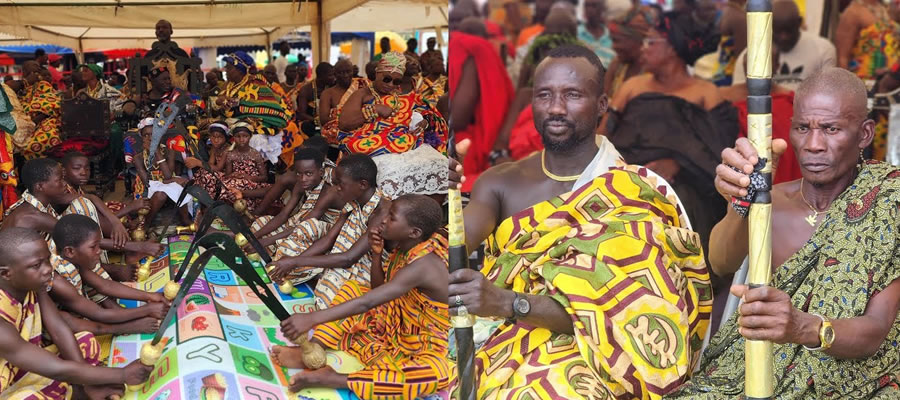

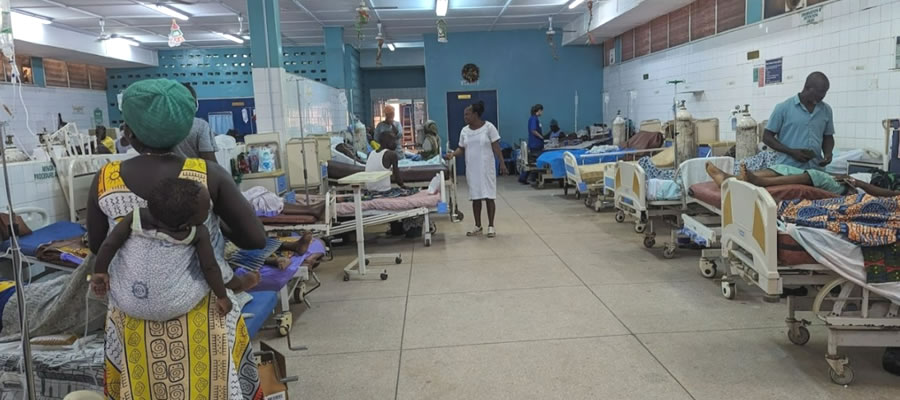
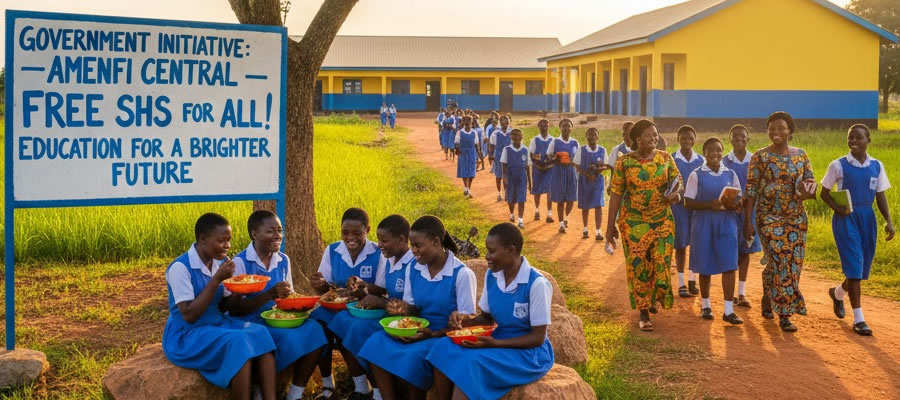
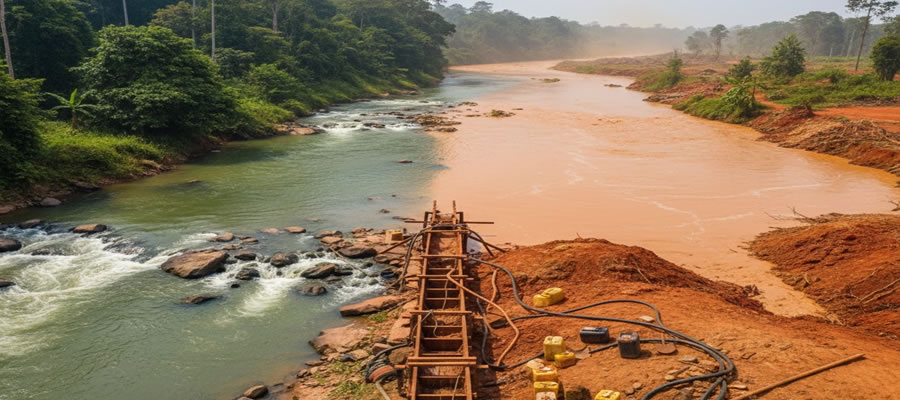


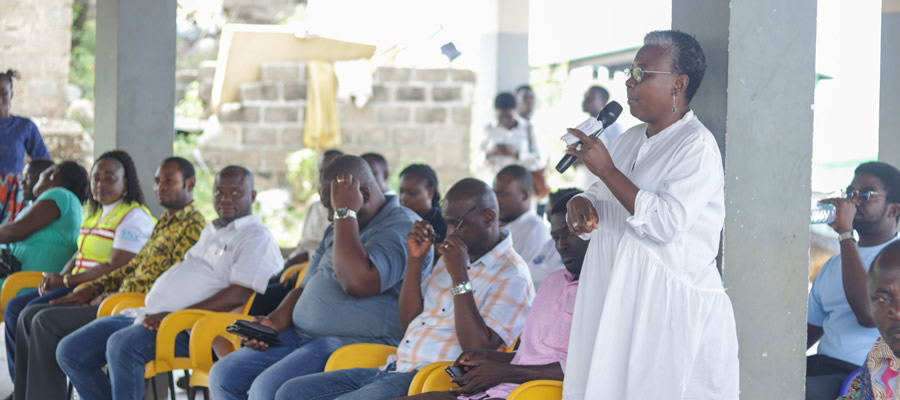


 facebook
facebook
 twitter
twitter
 Youtube
Youtube
 +233 593 831 280
+233 593 831 280 0800 430 430
0800 430 430 GPS: GE-231-4383
GPS: GE-231-4383 info@ghanadistricts.com
info@ghanadistricts.com Box GP1044, Accra, Ghana
Box GP1044, Accra, Ghana